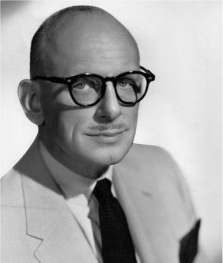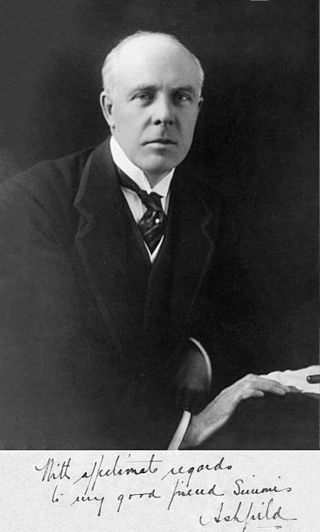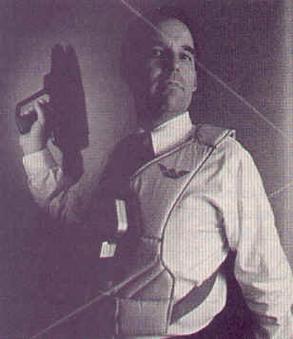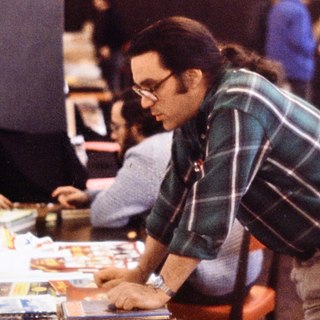
The New York Times Company is an American mass-media company that publishes The New York Times, its associated publications, and other media properties. Its headquarters are in Manhattan, New York City.

LJN Toys Ltd. was an American toy company and video game publisher based in New York City. Founded in 1970 by Jack Friedman, the company was acquired by MCA Inc. in 1985, sold to Acclaim Entertainment in 1990, and dissolved in 1994. The toy division of the company was closed by Acclaim and the company shifted towards video game publishing before being closed in 1994. The company's branding was last used for the release of Spirit of Speed 1937 in 2000.
Scripophily is the study and collection of stock and bond certificates. A specialized field of numismatics, scripophily has developed as an area of collecting because of the inherent beauty of certain historical certificates, and because of interest in the historical context of many of the documents. In addition, some stock certificates serve as excellent examples of engraving. Occasionally, an old stock certificate is found that still has value, representing actual shares in the original or a successor company.

Lev Gleason Publications, founded by Leverett Stone Gleason (1898–1971), was the publisher of a number of popular comic books during the 1940s and early 1950s, including Daredevil Comics, Crime Does Not Pay, and Boy Comics.

Broadway Stores, Inc., was an American retailer based in Southern California. Known through its history as Carter Hawley Hale Stores and Broadway Hale Stores over time, it acquired other retail store chains in regions outside its California home base and became in certain retail sectors a regional and national retailer in the 1970s and 1980s. The company was able to survive takeover attempts in 1984 and 1986, and also a Chapter 11 bankruptcy filing in 1991 by selling off most of its assets until August 1995 when its banks refused to advance enough additional credit in order for the company to be able to pay off suppliers. At that point, the company sold itself to Federated Department Stores for $1.6 billion with the acquisition being completed on October 12, 1995.
Fox Feature Syndicate was a comic book publisher from early in the period known to fans and historians as the Golden Age of Comic Books. Founded by entrepreneur Victor S. Fox, it produced such titles as Blue Beetle, Fantastic Comics and Mystery Men Comics.

Albert Henry Stanley, 1st Baron Ashfield,, born Albert Henry Knattriess, was a British-American businessman who was managing director, then chairman of the Underground Electric Railways Company of London (UERL) from 1910 to 1933 and chairman of the London Passenger Transport Board (LPTB) from 1933 to 1947.
Pandora is a subscription-based music streaming service owned by Sirius XM Holdings based in Oakland, California, United States. The service carries a focus on recommendations based on the "Music Genome Project"—a means of classifying individual songs by musical traits. The service originally launched in the consumer market as an internet radio service, which would generate personalized channels based on these traits and songs liked by the user; this service is available in an advertising-supported tier, and a subscription-based version. In 2017, the service launched Pandora Premium, an on-demand version of the service more in line with contemporary competitors.

Worlds of Wonder (WoW) was an American toy company founded in 1985 by former Atari sales president Don Kingsborough, and former Atari employee Mark Robert Goldberg. Its founding was inspired by a prototype that became its launch product, Teddy Ruxpin. In 1986, it launched Lazer Tag and filed an IPO which Fortune magazine called "one of the year's most sought after stock sales". WoW partnered with the young Nintendo of America as retail sales distributor, crucial to the landmark launch and rise of the Nintendo Entertainment System from 1986 to 1987.

Philip Nicholas Seuling was an American comic book fan convention organizer and comics distributor primarily active in the 1970s. Seuling was the organizer of the annual New York Comic Art Convention, originally held in New York City every July 4 weekend throughout the 1970s. Later, with his Sea Gate Distributors company, Seuling developed the concept of the direct market distribution system for getting comics directly into comic book specialty shops, bypassing the then established newspaper/magazine distributor method, where no choices of title, quantity, or delivery directions were permitted.

Ideal Toy Company was an American toy company founded by Morris Michtom and his wife, Rose. During the post–World War II baby boom era, Ideal became the largest doll-making company in the United States. Their most popular dolls included Betsy Wetsy, Toni, Saucy Walker, Shirley Temple, Miss Revlon, Patti Playpal, Tammy, Thumbelina, Tiny Thumbelina, and Crissy. The company is also known for selling the Rubik's Cube.

Marvel Entertainment, LLC was an American entertainment company founded in June 1998 and based in New York City, New York, formed by the merger of Marvel Entertainment Group and Toy Biz. The company has been a wholly owned subsidiary of The Walt Disney Company since 2009, and was mainly known for consumer products, licensing, and comic books by Marvel Comics, as well as its early forays into films and television/streaming shows, including those within the Marvel Cinematic Universe (MCU).

Mega Brands Inc. is a Canadian children's toy company that is currently a wholly owned subsidiary of Mattel. Mega Bloks, a line of construction set toys, is its most popular product. Its other brands include Mega Construx, Mega Puzzles, Board Dudes and Rose Art. The company distributes a wide range of construction toys, puzzles, and craft-based products.

Margarete Steiff was a German seamstress who in 1880 founded Margarete Steiff GmbH, more widely known as Steiff, a maker of toy stuffed animals.
Isaac "Ike" Perlmutter is an Israeli-American billionaire businessman and financier. Through a variety of sometimes unorthodox business deals, he has been an influential investor in a number of corporations, including Revco drug stores, Coleco Entertainment, Remington, and Toy Biz/Marvel Toys. He is the former chairman and CEO of Marvel Entertainment. He has a political relationship with Donald Trump, and acted as an unofficial advisor in his presidential administration, overseeing the Department of Veterans Affairs.
Hayao Nakayama is a Japanese businessman and was the former President and CEO of Sega Enterprises, Ltd from 1983 to 1999.
Benjamin William Sangor was an American publisher best known for the 1940s to 1950s comic book company American Comics Group and for operating one of the earliest studios of comic-book writers and artists packaging comics for publishers entering the fledgling medium. He additionally was a real-estate entrepreneur.

The Glover Park Group was an American communications consulting firm headquartered in Washington, D.C. The company was founded in 2001 by former White House and Democratic campaign officials Carter Eskew, Michael Feldman, Joe Lockhart and Chip Smith. In January 2021, the firm merged with Finsbury and Hering Schuppener to form Finsbury Glover Hering, which itself later merged in December 2021 with New York City-based Sard Verbinnen & Co to form FGS Global.
The American School of Design was an art school in New York City, whose alumni included children's book illustrators Adrienne Adams and Crosby Bonsall, and comic-book artists including Bill Fraccio and Fred Kida.
The United States Television Manufacturing Corporation, also known informally as U.S. Television Manufacturing, and in some advertisements as UST, was an American television manufacturing and distribution company known for its early large-screen television sets, intended for use in bars and other public spaces. The company existed from 1945 to 1950.













